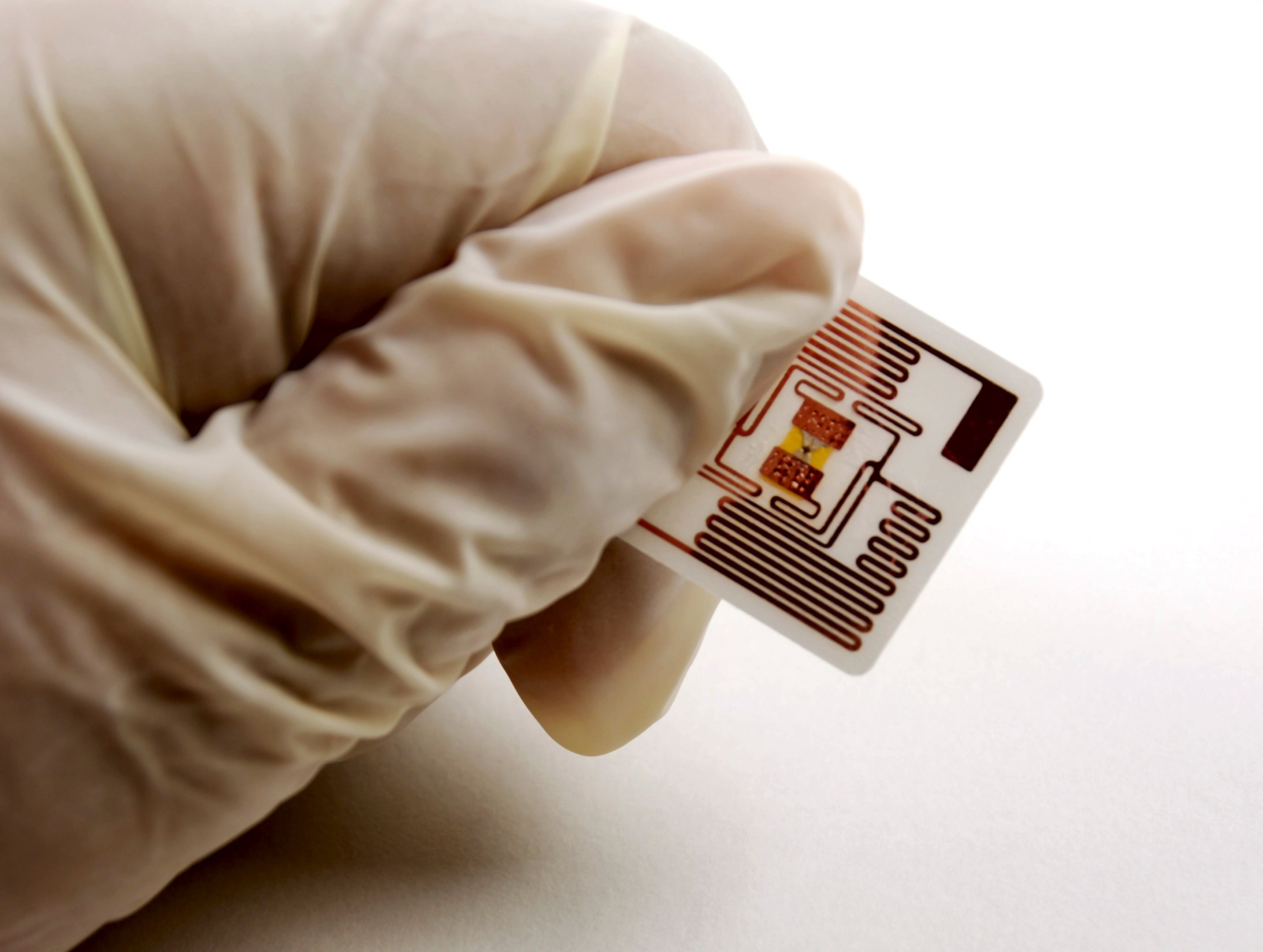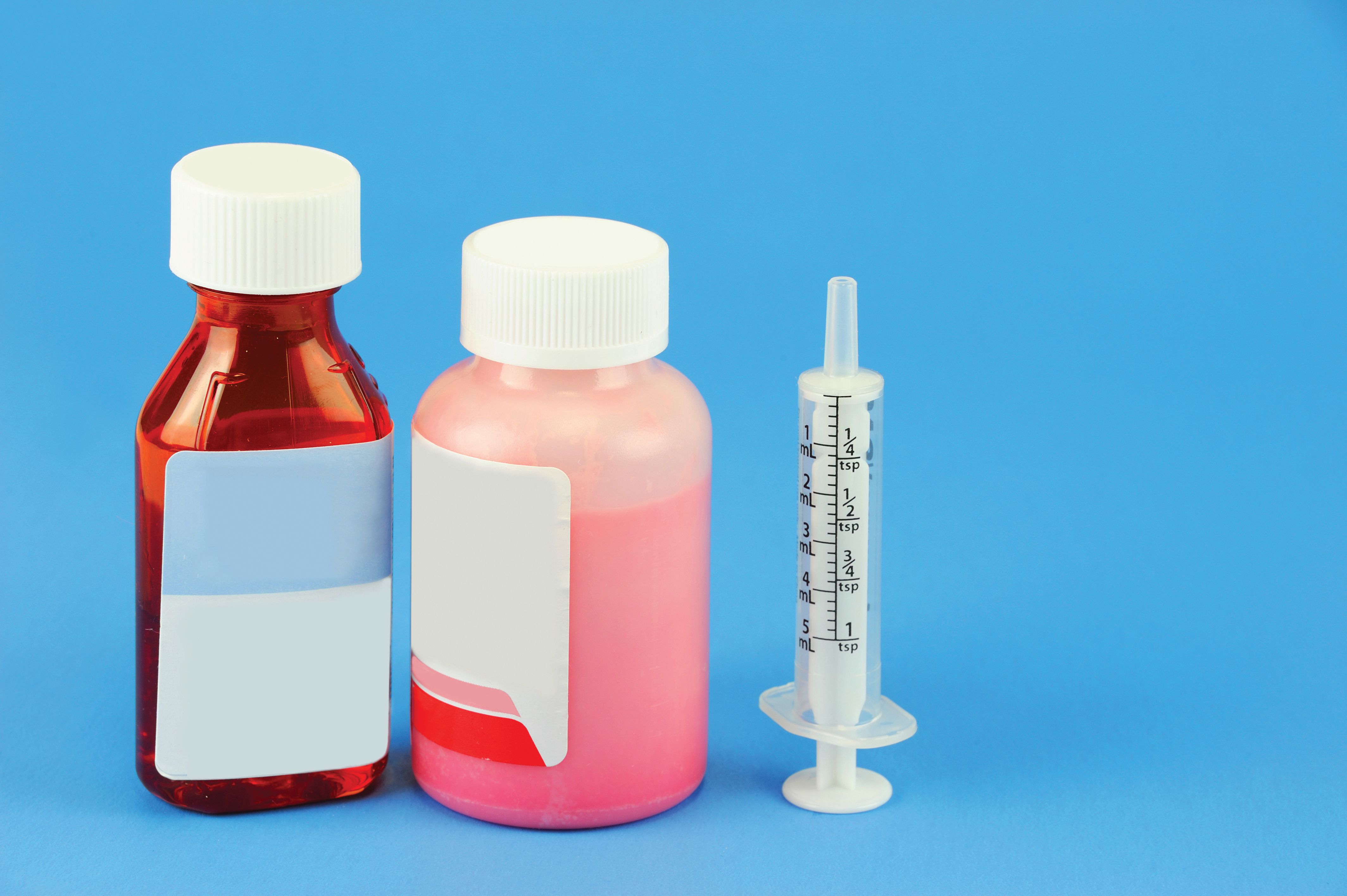Article
Pharmaceutical Technology Europe
Pharmaceutical Technology Europe
Under Continuous Consideration
Author(s):
Continuous manufacturing is increasingly noted as an important long-term objective for the pharmaceutical industry. PTE talks with Tim Freeman, Director of Operations at Freeman Technology, about some of the central issues involved in this transition, as well as the supporting role of relevant analytical technology.
What do you think are the main factors that explain the current focus on continuous manufacturing?
The pressures currently faced by the pharmaceutical industry are well-documented. Time-to-market is a major issue, as is the current health of the drug pipeline. With the time to commercialisation for a new product now estimated at around ten to twelve years, patent cover no longer necessarily provides a lengthy period in which to recoup the steadily increasing costs of R&D (1). Notably, the generics sector is now very active.

Tim Freeman
This prevailing environment has brought the efficiency of manufacture under much scrutiny. Similarly, the regulatory focus on reducing risk has prompted questions about how well understood manufacturing processes are and how best to secure product quality. Within this context, a shift away from batch operation to continuous processing is seen as increasingly attractive.
Continuous processing is an intrinsically more efficient approach, with a number of benefits:
- more consistent product quality
- reduced manufacturing costs
- easier scale up
- reduced waste
- improved asset utilisation
- lower CAPEX
- better containment.
That said, batch processing has some advantages too; an important point being that it simplifies the containment and isolation of an operating problem (an essential aspect of product recall). It is likely that some processes may always remain in batch mode rather than transitioning to continuous. This is exemplified by the chemical sector, which continues to successfully apply both strategies.
The scale up process for continuous processing is very different when compared with batch, could you explain some of the advantages?
One major advantage of continuous processing is that scaling up from lab to commercial-scale quantities is usually achieved by simply running the process for a greater length of time. While this may involve the addition of upgraded ancillary equipment, it essentially avoids the complications associated with changes in equipment geometry and size, which can be considerable. Meeting commercial production targets by operating a smaller unit continuously may, therefore, be much more straightforward than the alternative of persisting with batch production and scaling up by a considerable amount.
However, the aspiration of the industry is not just to switch from batch to continuous operation, but, perhaps more importantly, to extend processing knowledge, and to learn how to engineer and precisely control a manufacturing plant so as to achieve the very highest levels of efficiency and quality. This demands an in-depth understanding of those variables that define clinical performance and how to control them—the approach enshrined in quality by design.
The reality is that the depth of information needed to engineer an optimal manufacturing solution is very similar whether an operation is in batch or continuous mode. Historically though, the industry has not invested in the knowledge gathering required to optimise production; in part because of the lack of relevant analytical tools and, arguably, because of the regulatory structure. Once a batch operation was fixed, there was little the operators could do to accommodate variability in incoming raw material because the scope for process development and/or process optimisation was limited.
So the current vision is a big one that will have major implications for process development. The aim is a transition from empirical batch to knowledgebased continuous processing; the commercialisation of processes that compensate for upstream variation rather than simply translating it through to the product, with responsive processing inside the design space rather than fixed manual operation according to instruction.
How are the pharmaceutical industry's analytical requirements changing as a result of increased emphasis on continuous manufacture?
There are two strands to the changing requirement for analysis. Firstly, the focus on efficient continuous production increases the demand for analytical instruments that provide process-relevant information. In the powder testing area, for example, many of the traditional techniques simply cannot meet this need and so newer methods are gaining popularity. Powder rheometry measures powder under conditions that simulate what the powder observes during manufacturing, quantifying powder properties that directly correlate with in-process behaviour; for example, performance in a tableting press, mixing efficiency, dispersion from a dry powder inhaler, rather than simply classifying a powder according to a somewhat arbitrary scale.
Beyond this, there is a need for analytical solutions that meet the new requirements for process monitoring and control—process analytical technology (PAT). Such solutions add considerable value during process development and at the pilot stage, as well as in largescale production.
The confluence of current trends in manufacturing has prompted the narrow definition of PAT as being based on real-time, on- or in-line technologies, but this is debatable. More efficient manufacture relies on pinpointing those parameters that need to be controlled and identifying the technology that can measure these. This could involve the more sensitive offline analysis of feeds prior to their introduction into the plant,the intelligent use of soft sensors, at-line systems and, of course, realtime in-process measurement (2). The key is to focus on the information requirement and then identify the analytical solution that best meets it.
References
1. H. Evans, Pharm. Technol. Eur. 22 (2), 42–44 (2010).
2. N. C. Chakrabarti, "Virtual sensors for advanced pharmaceutical control," www.pharmamanufacturing.com, accessed Oct. 14, 2011.
For a recent article on academic and industry trends in continuous manufacturing, please visit PharmTech.com/continuousprogress
Newsletter
Get the essential updates shaping the future of pharma manufacturing and compliance—subscribe today to Pharmaceutical Technology and never miss a breakthrough.






